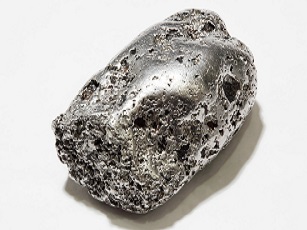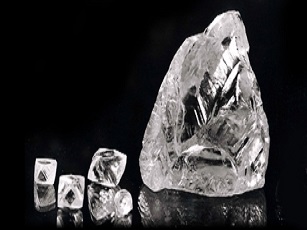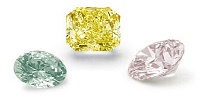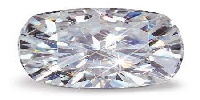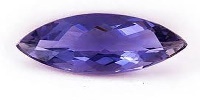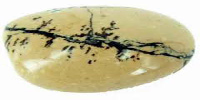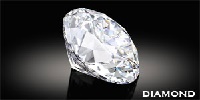Amethyst Mining
AMETHYST:
Amethyst can occur as crystals that are six-sided on either end. It is found within geodes and in alluvial deposits worldwide, occurring in both crystalline and massive forms. Its color is as distinctive as it is captivating. Interestingly, this gemstone, believed to protect its wearer against seduction, is a symbol of luxury in violet. For thousands of years, amethyst has stood as an outstanding representative among gemstones.
AMETHYST MINING:
Amethyst mining is the process of extracting amethyst, a violet to purple variety of quartz, from the earth. Amethyst is a popular and beautiful gemstone used in various forms of jewelry and ornamentation.
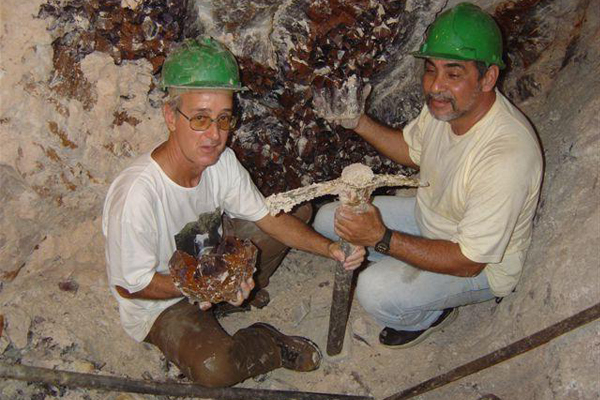
PROCESS OF AMETHYST MINING
The process of amethyst mining involves several stages, from exploration to the extraction and processing of the gemstone. Here's a detailed overview of the typical process:
Exploration
Geological surveys and exploration are conducted to identify potential amethyst deposits. Geologists study the geological formations and look for indicators associated with the presence of amethyst, such as quartz veins.
Site Preparation
Once a potential deposit is identified, the mining site is prepared. This may involve clearing vegetation, removing surface materials, and establishing access points for mining equipment.
Open-Pit Mining
For shallow deposits, open-pit mining is commonly used. Overburden (soil and rocks) is removed to expose the amethyst-bearing rocks.
Underground Mining
Deeper deposits may require underground mining methods, including the creation of tunnels or shafts to access the gemstone.
Extraction
Amethyst-bearing rocks are extracted from the pit or underground workings using tools and machinery. The extracted material is then transported to the processing plant.
Sorting and Processing
At the processing plant, the extracted material undergoes sorting to separate amethyst from other minerals and impurities. Techniques such as washing, screening, and hand-sorting may be employed.
Cutting and Polishing
Rough amethyst crystals are cut and polished to enhance their appearance and reveal the characteristic violet or purple color. Skilled gem cutters shape the crystals into various cuts suitable for jewelry or other applications.
Grading
Amethyst is graded based on factors such as color, clarity, cut, and carat weight. Gemological institutions like the Gemological Institute of America (GIA) provide standards for grading amethyst.
Market Distribution
The graded and processed amethyst is distributed to the market through gem dealers, jewelry manufacturers, and retailers.
TECHNIQUES OF AMETHYST MINING:
Open-Pit Mining
Open-pit mining is a common method for extracting amethyst, especially when the deposit is close to the surface. It involves removing overburden (soil and rocks) to expose the amethyst-bearing rocks. This method is cost-effective and efficient for shallow deposits.
Underground Mining
For deeper amethyst deposits, underground mining may be employed. Tunnels or shafts are excavated to reach the amethyst-bearing rocks below the surface. This method is often more complex and costly than open-pit mining.
Blasting
Explosives may be used to break up rocks and facilitate the extraction of amethyst-bearing material. This technique is employed in both open-pit and underground mining.
Sorting and Washing
Once amethyst-bearing rocks are extracted, they are sorted and washed to separate the amethyst from other minerals and impurities.
Alluvial Mining
Alluvial mining involves extracting amethyst from deposits in riverbeds or alluvial plains. Miners use simple tools such as shovels and sieves to sift through sediments in search of amethyst crystals.
Hydraulic Mining
Hydraulic mining uses high-pressure water jets to dislodge and transport gravel and sediment. This method is sometimes employed to wash away material and expose amethyst-bearing rocks, especially in alluvial deposits.
Manual Extraction
In some artisanal or small-scale mining operations, manual extraction methods may be used. Miners use hand tools such as picks and shovels to extract amethyst from the earth.
AMETHYST MINING WORLDWIDE:
Amethyst is a gemstone found and mined in various locations around the world. Here are some notable regions known for amethyst deposits:
Morocco
In the mines of Morocco, locals traditionally extracted amethyst using simple hand-operated tools until the late 20th century. When these remote mines were discovered by companies, the extraction, transport, and processing of the crystals became mechanized, making operations much easier. Loaders and excavators were employed in open pits and quarries to remove rocks containing scattered amethyst crystals.
Vehicles were used to transport the crystals to storage and processing facilities. Diesel-powered conveyor systems were used in washing processes, after which the crystals were sorted and graded. Amethyst crystals are often embedded in a matrix of limestone, clay, etc., which is removed by dissolving them in hydrochloric acid and cleaned under high pressure using a water gun and brush.
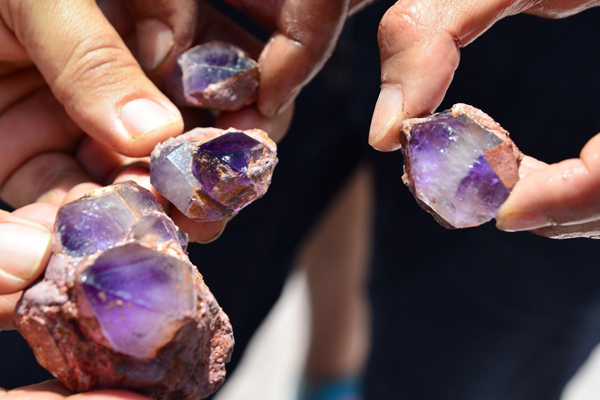
South Africa
Even in regions of South Africa, the mining process is highly mechanized, using excavators and bulldozers to expose and extract the amethyst. Once the extraction is complete, shovels and picks are used to remove the crystals. Processing and washing plants are located near the mines. Workers operating the machines handle the washing and sorting of high-grade amethyst crystals, while low-grade stones are collected separately.
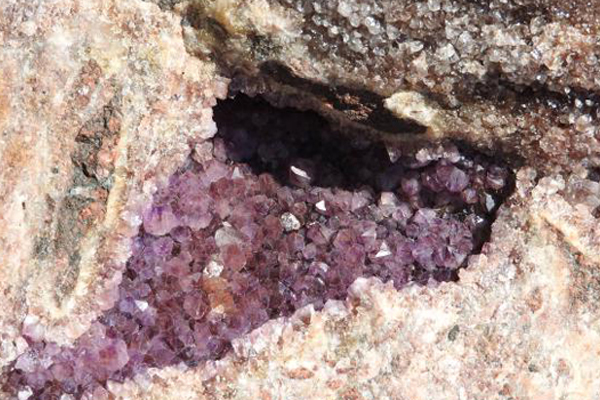
Arizona
Mining in the rugged Matzanal Mountains of Arizona is extremely challenging, lacking proper facilities such as water or electricity. Miners often have to stay there for more than a week at a time, performing the tedious task of excavating the gemstones using hand tools.
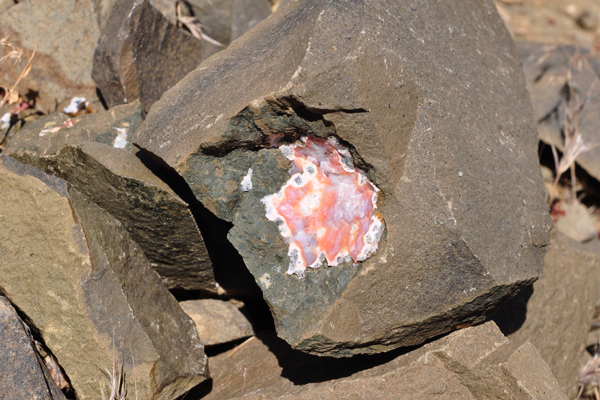
PHYSICAL PROPERTIES:
Color
Amethyst gemstones are typically purple in color. However, variations in shades of purple occur due to different climatic conditions, environmental factors, chemical compositions, and temperature levels where they are sourced. The origin of a particular stone can often be identified by examining its shade.
Clarity
Known for its crystal-clear appearance, amethyst has an advantage over other semi-precious gemstones due to its clarity. It is generally free from inclusions and blemishes, though a few stones may contain minor defects. If a stone exhibits a brilliant purple color, minor inclusions can often be overlooked as they rarely detract from its beauty. Overall, amethyst is considered a clean and transparent stone.
Cut
Amethyst is relatively easy to cut into various shapes and sizes. Common cuts include pear, oval, emerald, square, round, and triangle. When the color is evenly distributed throughout the stone, the cutter can provide any desired cut as per the requirements of jewelry designers and buyers. For stones with uneven color distribution, round cuts are often preferred to enhance beauty and minimize color imperfections.
Carat Weight
Carat weight significantly influences the cost of amethyst. As it is reasonably priced, larger carat weight stones are often chosen. Larger stones enhance the appearance of jewelry pieces, making the wearer the center of attention. The ideal weight for most jewelry pieces is over 2 carats.
USES OF AMETHYST MINING:
The primary purpose of amethyst mining is to extract amethyst gemstones, which are used for various purposes. Here are some key uses of amethyst mining:
Jewelry Industry
Amethyst, known for its distinctive violet to purple color, is a popular gemstone used in rings, necklaces, earrings, bracelets, and other ornamental pieces.
Collector's Items
High-quality and rare amethyst specimens are sought after by collectors for their beauty and uniqueness, valued based on factors such as color, clarity, size, and overall quality.
Metaphysical and Spiritual Uses
Amethyst is believed to have calming and protective qualities. Many use it for meditation, spiritual practices, or holistic healing.
Carvings and Sculptures
Unique amethyst crystals are used for creating intricate designs or figurines by artists and sculptors.
Decorative Items
Amethyst crystals and geodes are used as decorative pieces in homes, offices, and public spaces, prized for their aesthetic appeal.
Birthstone Jewelry
Amethyst is the birthstone for February, commonly used in jewelry designed for those born in that month.
Industrial Applications
Synthetic amethyst may be used in industries like electronics or scientific instruments, although its primary value remains in jewelry.
Related Mining

